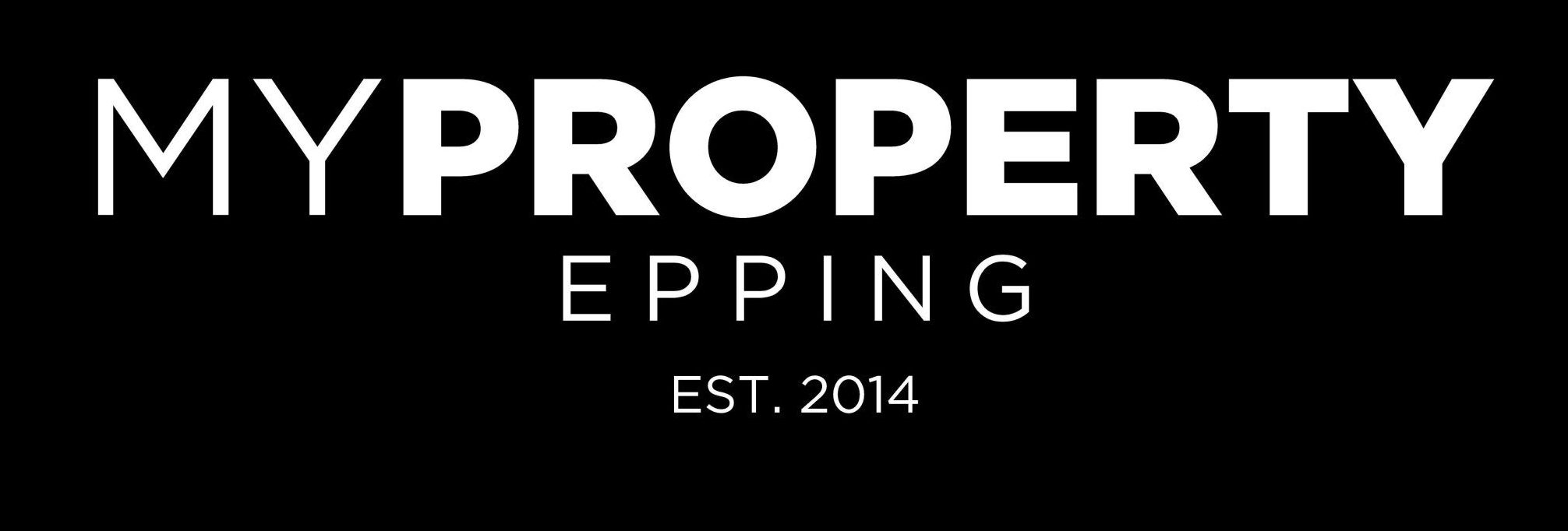Buying your new home comes with a myriad of factors to consider, aside from researching properties and home loans, do you sell your current home before or after your buy your new one?
For new home buyers the task is even greater — what other associated costs are there? And which professionals do you need to use?
Next, get things moving by finding a great agent to give you the right advice on how to sell your current home, and find the home loan that works best for your situation. It’s important to find an agent who not only understands your needs and has extensive knowledge of the local area, but also has an understanding of broader areas such as financing, current legislation, building regulations and so on.
Check out our quick facts below to help you navigate the buying process.
Steps to Buying a Home
1. Understand your finances
- This is the number one place to start, because the more you’ve saved (and the better your savings history), the more the bank is likely to lend you and/or the less you’ll have to borrow.
2. Choose a home load/lender
- With so many options available, it’s best to either use a mortgage broker or do your own research into which lender and loan option is right for you. Mortgage brokers can be a great option, particularly if you’re new to the property market or feel overwhelmed by comparing all the available loans on your own—best of all they’re free!
- Also, don’t forget to chat to your agent about options and check out www.xin.com.au
- Once you’ve decided on a lender, and you know how much your deposit is, ask them for an estimate of your borrowing power. This is an important step, as you’ll then know a realistic price range to start your property research.
3. Research properties
- Make a list of features that you need in a property so you have a clear picture of what you’re looking for. The number of bedrooms, parking spaces, location(s) and nearby amenities are all factors to consider.
- Start visiting open houses and auctions so that you build a realistic idea of the property values in your chosen area(s) and introduce yourself to a local agent who can let you know of any relevant listings that come up. Remember to keep in mind the reasons that have prompted you to leave your current home.
4. Make an offer
- Once you’ve found the right property, decide on what price you’re prepared to pay and make a formal offer. Be aware that you will need to give the real estate agent a holding deposit, which is held by the agent and then released to the seller as part of the sale price once the house settles.
- You also need to include any special conditions that you want upheld in the contract. There may be others specific to your situation but the most common three items are:
- Subject to building and pest inspections
- Subject to finance
- Subject to the sale of an existing property
5. Once your offer is accepted you will now need to:
- Formally apply for your home loan
- Contact a solicitor/conveyance
- Organise a building and pest inspection
- Organise building insurance (and possibly contents insurance too)
- This is the step where a number of associated costs, aside from the purchase price, come into play. Below is a breakdown of what you can expect to pay for various parts of the process.
6. Pre-Purchase Costs
- Deposit – generally, if you have less than 20% deposit you’ll be charged lender’s mortgage insurance, which covers the lender should you fail to make your payments. The price of this varies depending on your bank and the borrowed amount so it pays to ask for an estimate.
- Building and pest inspections – it’s best to organise a combined building and pest inspection. Technically this is an optional cost, however it would be foolish not to have these inspections done as the expense of spending a few hundred dollars now is dwarfed by the potential cost of dealing with a major building or pest issue once you’ve moved in. Purchase Costs
- Stamp duty – this is a state government tax on the property price and mortgage documents. It varies between states
- Conveyancing/legals – this is the legal transfer of a property title from one person to another. Conveyancers also conduct a title search to confirm the ownership and type of the property, other searches may also be required depending on the type of property.
- Building insurance – talk to your agent/solicitor to find out exactly when you are responsible for the insurance of the property. Generally, the purchaser will become responsible for the property from 5pm on the first business day after the contract is signed by both parties. So it’s strongly recommended you take out insurance to cover the property from this date and most lenders will insist on it.
7. Settlement
- The date of settlement is the date you take legal ownership of the property and this is also when you pay the balance of the purchase price. The contract settlement date is often negotiated as part of the sale terms.
8. Move in!
- This is the best part of the whole process and makes all that hard work worthwhile. There is no better feeling than finally being handed the keys to your property and the excitement of knowing that you can now transform your new house into a home.
